Dans le paysage évolutif de la fabrication avancée, Commande numérique par ordinateur (CNC) machines sont devenus des outils indispensables qui offrent une automatisation, précision, et efficacité. Ces machines programmables sont utilisées dans presque tous les secteurs, de l'aérospatiale et de l'automobile à l'électronique et au prototypage.. Cet article explore le 12 principaux types de machines CNC, Comment ils travaillent, et où ils sont couramment utilisés.
Qu'est-ce qu'une machine CNC?
UN Machine CNC est une machine-outil automatisée contrôlée par un logiciel informatique et du matériel intégré. L'usinage CNC est un processus soustractif, ce qui signifie qu'il enlève de la matière d'une pièce à usiner (ou vide) pour créer la forme désirée. Cependant, certains systèmes CNC, comme les imprimantes 3D, utiliser fabrication additive méthodes pour construire des pièces couche par couche.
Qu'il s'agisse de supprimer du matériel ou d'en ajouter, Les systèmes CNC s'appuient sur GOUJAT (Conception assistée par ordinateur) et CAME (Fabrication assistée par ordinateur) logiciel pour convertir des conceptions numériques en composants physiques précis.
1. Machine de sélection et de placement
Machines CNC Pick and Place sont largement utilisés dans la fabrication électronique. Ces machines disposent de plusieurs buses robotisées qui récupèrent automatiquement de minuscules composants tels que des résistances., CI, ou des condensateurs et positionnez-les avec précision sur les cartes de circuits imprimés (PCBS).
Applications courantes:
Assemblage de téléphone portable et tablette
Production de cartes mères d'ordinateurs
Fabrication électronique à grande vitesse
2. Imprimante 3D CNC
Alors que la plupart des machines CNC sont soustractives, Imprimantes 3D CNC suivre un fabrication additive approche. Ces machines extrudent ou durcissent des matériaux, généralement du plastique., résine, ou des poudres métalliques, couche par couche pour former un objet complet à partir d'un modèle numérique.
Caractéristiques:
Grande liberté de conception
Excellent pour le prototypage rapide
Compatible avec le PLA, abdos, résines, et filaments métalliques
les industries:
Prototypage aérospatial et automobile
Implants médicaux
Développement de produits de consommation
3. Routeur CNC
Routeurs CNC sont idéales pour couper et sculpter des matériaux souples. Contrairement aux moulins, qui sont généralement utilisés pour le métal, les routeurs sont plus courants pour le travail du bois, plastiques, et mousses. Les routeurs fonctionnent sur trois axes et peuvent produire des gravures détaillées, motifs, ou des coupures.
Matériaux:
Bois, MDF, plastiques
Aluminium et composites souples
Avantages:
Fonctionnement à grande vitesse
Économique pour les matériaux souples
Zone de travail plus grande par rapport aux usines typiques
4. Machine de forage CNC
Perceuses CNC automatiser le processus de création de trous dans le métal, bois, ou matériaux composites. Ces machines utilisent différents forets et peuvent effectuer des opérations telles que le perçage à débourrage., alésage, ou en tapant.
Types de bits:
Forets hélicoïdaux
Exercices de repérage
Perceuses à visser
Alésoirs à serrage
Utilisations typiques:
Blocs de moteur de fabrication
Fabrication de métaux
Préparation des trous sur la chaîne de montage
5. Tour CNC
Tours CNC effectuer des opérations de tournage, enlever de la matière d'une pièce en rotation à l'aide d'un outil de coupe à un seul point. Ces machines peuvent effectuer des tâches complexes telles que le filetage, rainurage, et face dans une seule configuration.
Les types:
Tour à moteur
Tourelle
Tour de type suisse
Centres de tournage multi-axes
Applications:
Fabrication d'arbres et de broches
Attaches aérospatiales
Bagues automobiles
6. 5-Machine CNC à axes
5-Machines Axe CNC améliorez le système traditionnel à 3 axes en ajoutant deux axes rotatifs supplémentaires. Cela permet à l'outil de coupe d'approcher la pièce dans pratiquement toutes les directions sans repositionnement manuel..
Avantages clés:
Usinez cinq côtés d’une pièce en une seule configuration
Idéal pour les géométries complexes et les surfaces courbes
Améliore la précision et réduit les délais de livraison
Utilisations courantes:
Pièces de structure aérospatiale
Prothèses médicales
Fabrication de moules complexes
7. Fraiseuse CNC
Fraiseuses CNC utiliser des fraises multipoints rotatives pour façonner la pièce. Ils sont très polyvalents et capables de produire des contours et des cavités complexes. Les fraiseuses CNC peuvent fonctionner sur 3, 4, ou même 5 axes.
Types de couteaux:
Fraises en bout
Fraises à surfacer
Fraises à chanfrein
Fraises à nez sphérique
Applications:
Composants de moules de précision
Supports automobiles
Pièces mécaniques sur mesure
8. Machine de découpe plasma CNC
Machines CNC de découpe plasma utiliser un chalumeau à gaz ionisé pour trancher des matériaux électriquement conducteurs. Le jet de plasma atteint des températures allant jusqu'à 30 000°F, couper les métaux avec une précision et une vitesse élevées.
Matériaux appropriés:
Acier au carbone
Acier inoxydable
Aluminium
Laiton et cuivre
Caractéristiques:
Coupe à grande vitesse
Faible coût opérationnel
Idéal pour la tôle
9. Machine de découpe laser CNC
Les machines de découpe laser utilisent une énergie lumineuse focalisée pour vaporiser ou faire fondre le matériau. Ces systèmes CNC peuvent atteindre des tolérances extrêmement serrées et sont utilisés à la fois pour la découpe et la gravure..
Types de lasers:
Lasers CO₂ (non-métaux, gravure)
Lasers à fibre (les métaux, coupe à grande vitesse)
Nd:Lasers YAG (découpe de métal de précision)
Applications:
Signalétique et affichages
Fabrication de dispositifs médicaux
Garniture intérieure automobile
Bardage en cuivre et autres produits architecturaux
10. Machine CNC à décharge électrique (GED)
Machines d'électroérosion utiliser des décharges électriques à haute fréquence (des étincelles) entre une électrode et une pièce pour enlever de la matière. Il est particulièrement utile pour l'usinage de métaux durs ou de géométries complexes.
Les types:
Électroérosion à fil
EDM à plomb
Avantages:
Cavités internes précises
Aucune force de coupe mécanique
Fonctionne sur des matériaux très durs
11. Rectifieuse CNC
Rectifieuses CNC utiliser des meules abrasives pour finir les surfaces avec des tolérances très serrées. Ils sont essentiels pour les applications où une qualité de surface élevée et une précision dimensionnelle sont cruciales..
Applications:
Arbres à cames et vilebrequins
Fabrication d'engrenages
Finition de surface des composants trempés
Les types:
Meulage de surfaces
Rectification cylindrique
Meulage sans centre
12. Machine CNC avec changeur d'outils automatique (ATC)
Machines CNC avec changeurs d'outils automatiques peut échanger les outils de coupe pendant l'usinage sans intervention manuelle. Cela améliore considérablement le temps de cycle et prend en charge les pièces multi-opérations dans une seule configuration..
Avantages:
Efficacité d’usinage accrue
Implication réduite de l’opérateur
Idéal pour la production à haut volume
Comment sélectionner la bonne machine CNC
Choisir la bonne machine CNC peut sembler difficile au début, surtout avec autant de types disponibles. Mais ne vous inquiétez pas, si vous le décomposez, il s'agit de déterminer ce que vous voulez que la machine fasse, avec quel type de matériaux vous travaillerez, et à quelle fréquence vous l'utiliserez. Voici quelques conseils simples pour vous aider à faire le bon choix:
Avec quel matériau travaillez-vous?
Commencez par vous demander: Quel genre de choses vais-je couper ou façonner?
Si c'est bois, mousse, ou plastique, un Routeur CNC pourrait être parfait.
Si c'est métal, vous aurez probablement besoin de quelque chose de plus dur comme un Fraiseuse CNC, tour, ou coupe-plasma.
Pour formes complexes ou matériaux durs, un Machine d'électroérosion ou 5-broyeur à axes pourrait être la meilleure solution.
Quelle est la taille de vos pièces?
Assurez-vous que la machine est assez grand pour votre plus grande part. Choisissez toujours une machine qui a une zone de travail légèrement plus grande que votre plus gros projet. Cela vous donne plus de flexibilité sur toute la ligne.
De quelles fonctionnalités avez-vous besoin?
Penser à:
Vitesse: À quelle vitesse avez-vous besoin que la machine fonctionne?
Changements d'outils: Utiliserez-vous de nombreux outils différents? Une machine avec un changeur d'outils automatique (ATC) peut gagner beaucoup de temps.
Haches: Avez-vous besoin d'un mouvement sur 3 axes, ou plus? Plus il y a d'axes, plus vous pouvez créer des formes complexes.
Est-il facile à entretenir et à réparer?
Comme n'importe quelle machine, Les machines CNC peuvent s'user ou se briser avec le temps. Optez pour un modèle connu et doté bon soutien-il sera beaucoup plus facile de trouver des pièces de rechange ou d'obtenir de l'aide en cas de problème.
Exigences d'alimentation
Les machines CNC consomment beaucoup d'électricité. Avant d'acheter, vérifier le besoins en énergie de la machine et assurez-vous que votre atelier ou usine peut la gérer. Certaines machines plus grandes peuvent nécessiter des configurations d'alimentation spéciales.
Quel est votre budget?
Bien sûr, l'argent compte. Certaines machines CNC sont plus abordables mais peuvent avoir moins de fonctionnalités. D'autres coûtent plus cher mais permettent de gagner du temps et donnent de meilleurs résultats. Pensez à combien vous pouvez dépenser maintenant et combien de temps ou d'argent la machine pourrait je te sauve plus tard.
Conclusion
Les machines CNC révolutionnent la fabrication en offrant une précision inégalée, cohérence, et productivité. Des méthodes soustractives comme le fraisage et le meulage aux approches additives comme l'impression 3D, chaque type de machine CNC joue un rôle distinct dans la production.
Comprendre les atouts et les capacités de chaque machine aide les fabricants et les ingénieurs à sélectionner la solution la plus efficace pour leurs besoins..
En savoir plus:
L'atelier d'usinage CNC: Un guide complet
Types d'usinage EDM & Leurs applications

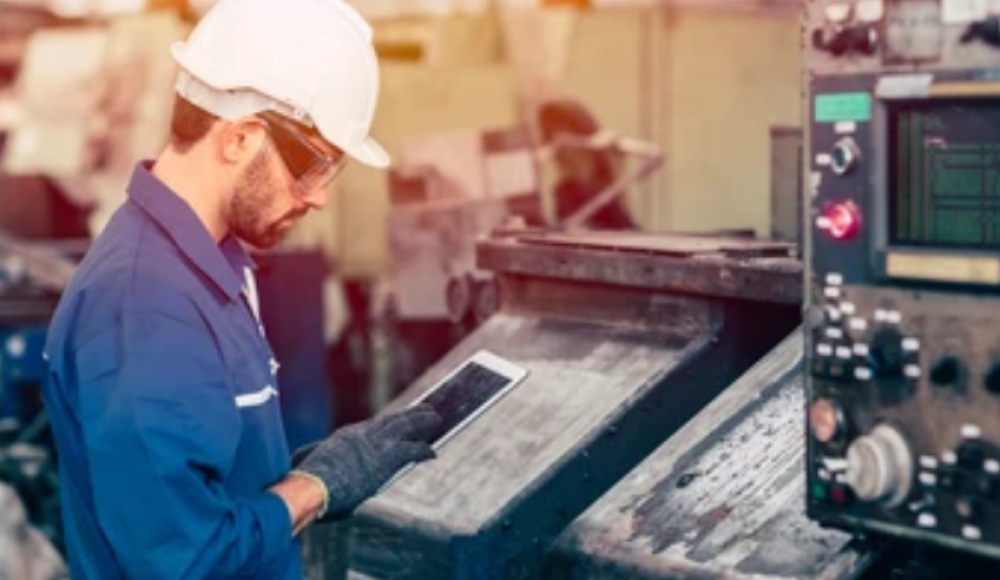
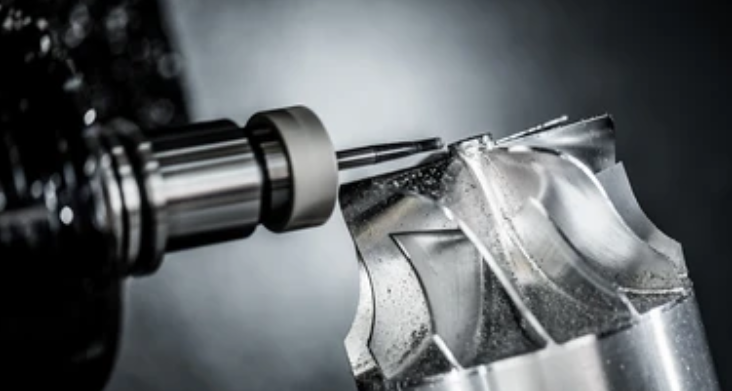
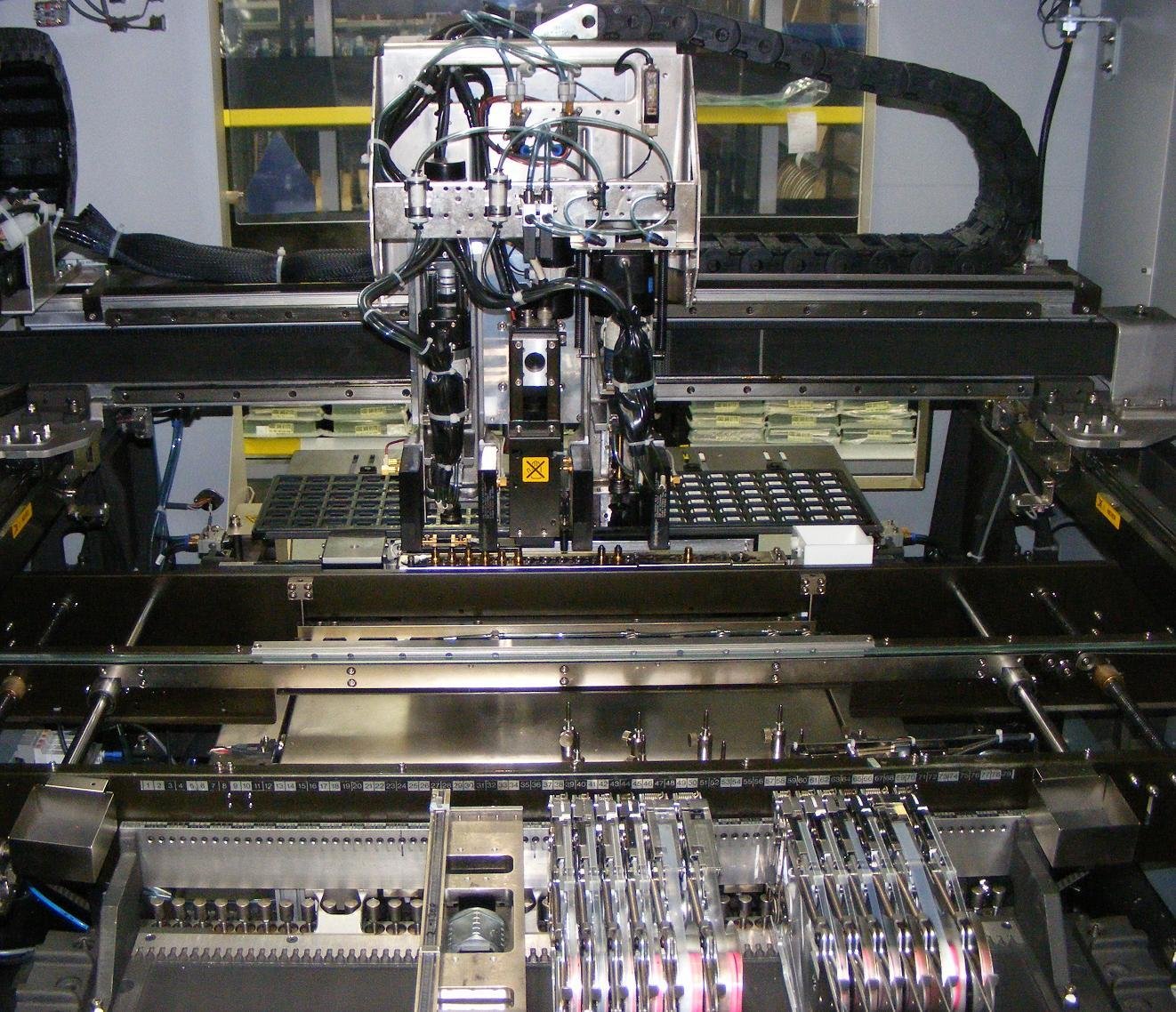
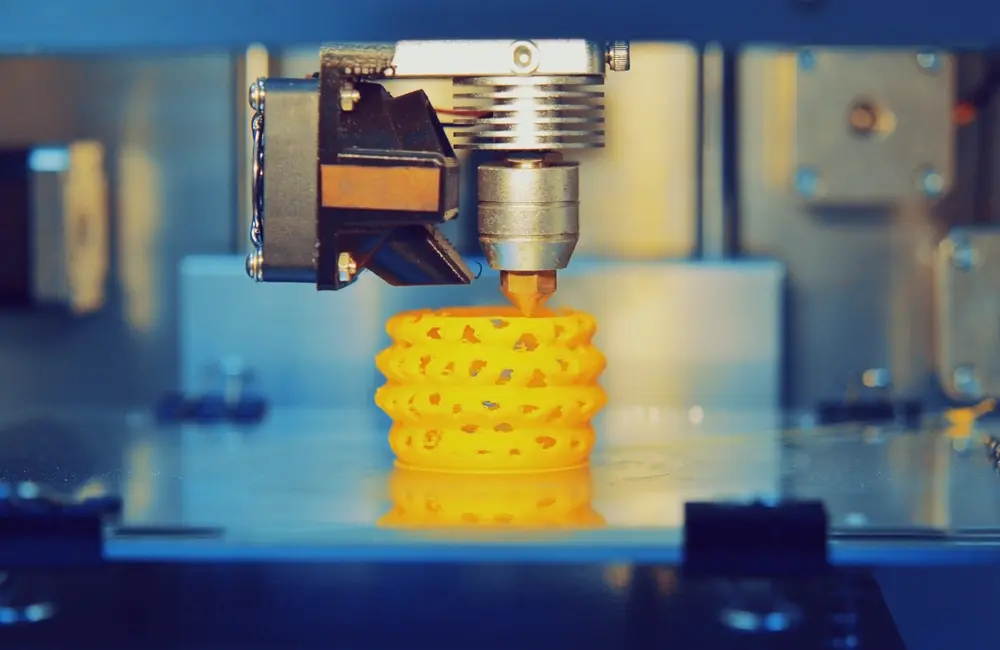
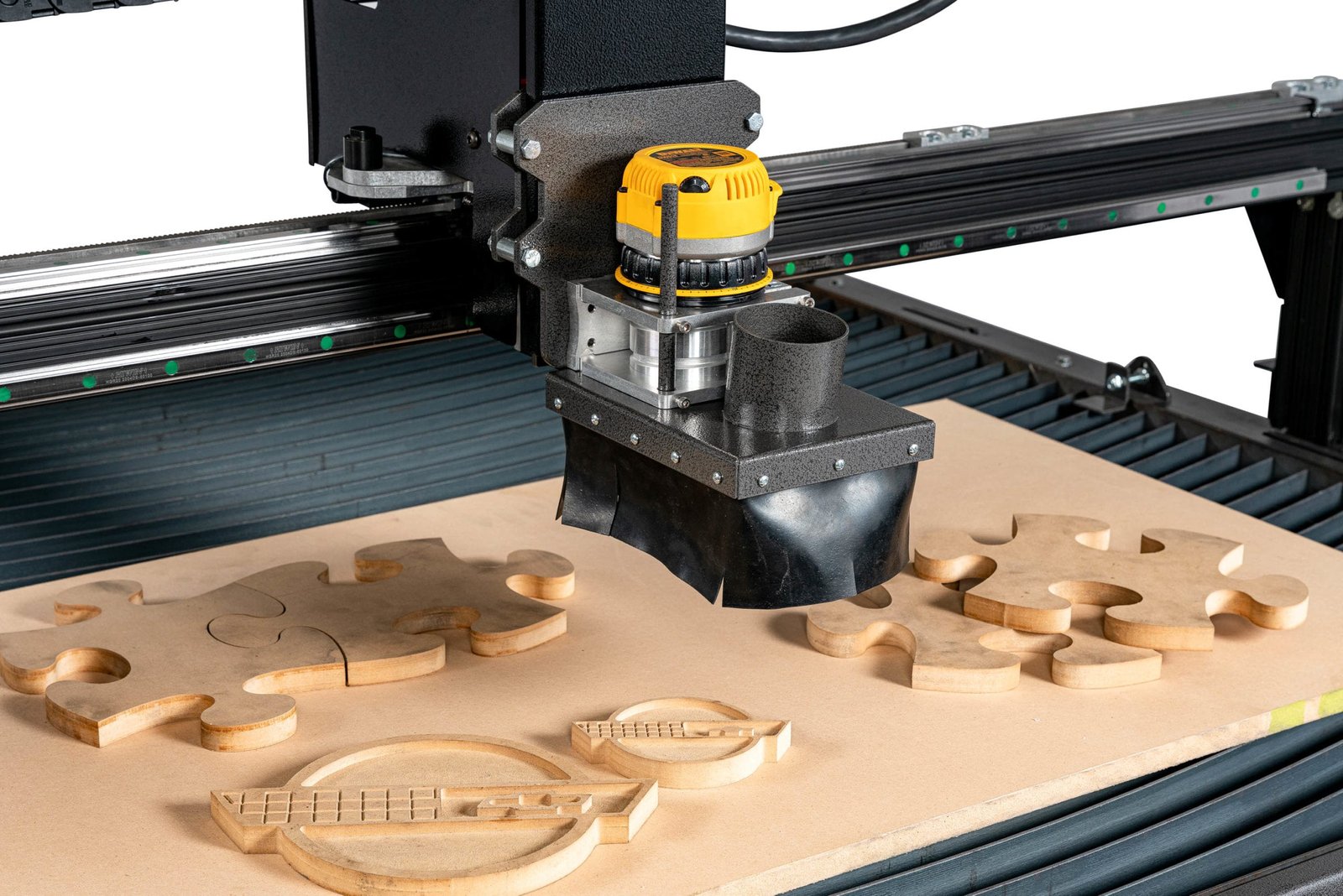
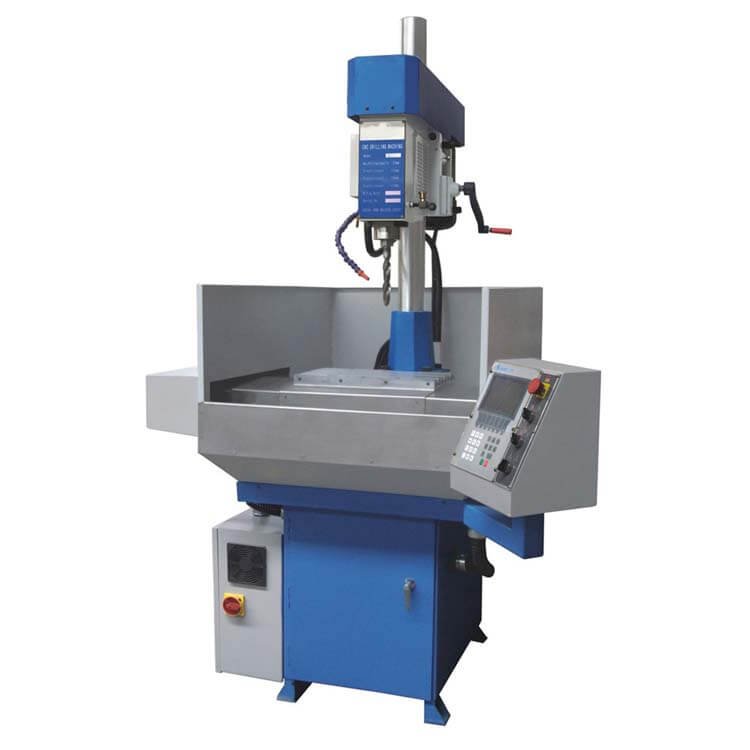

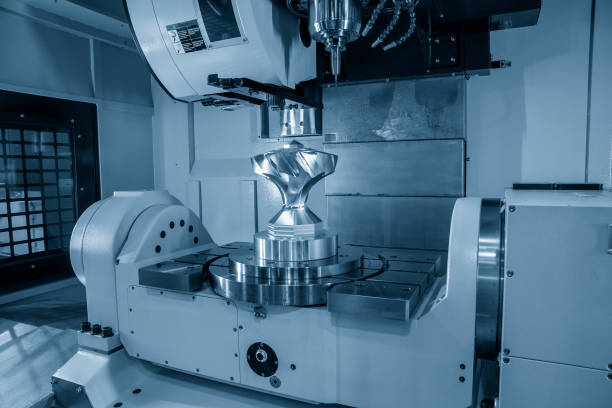
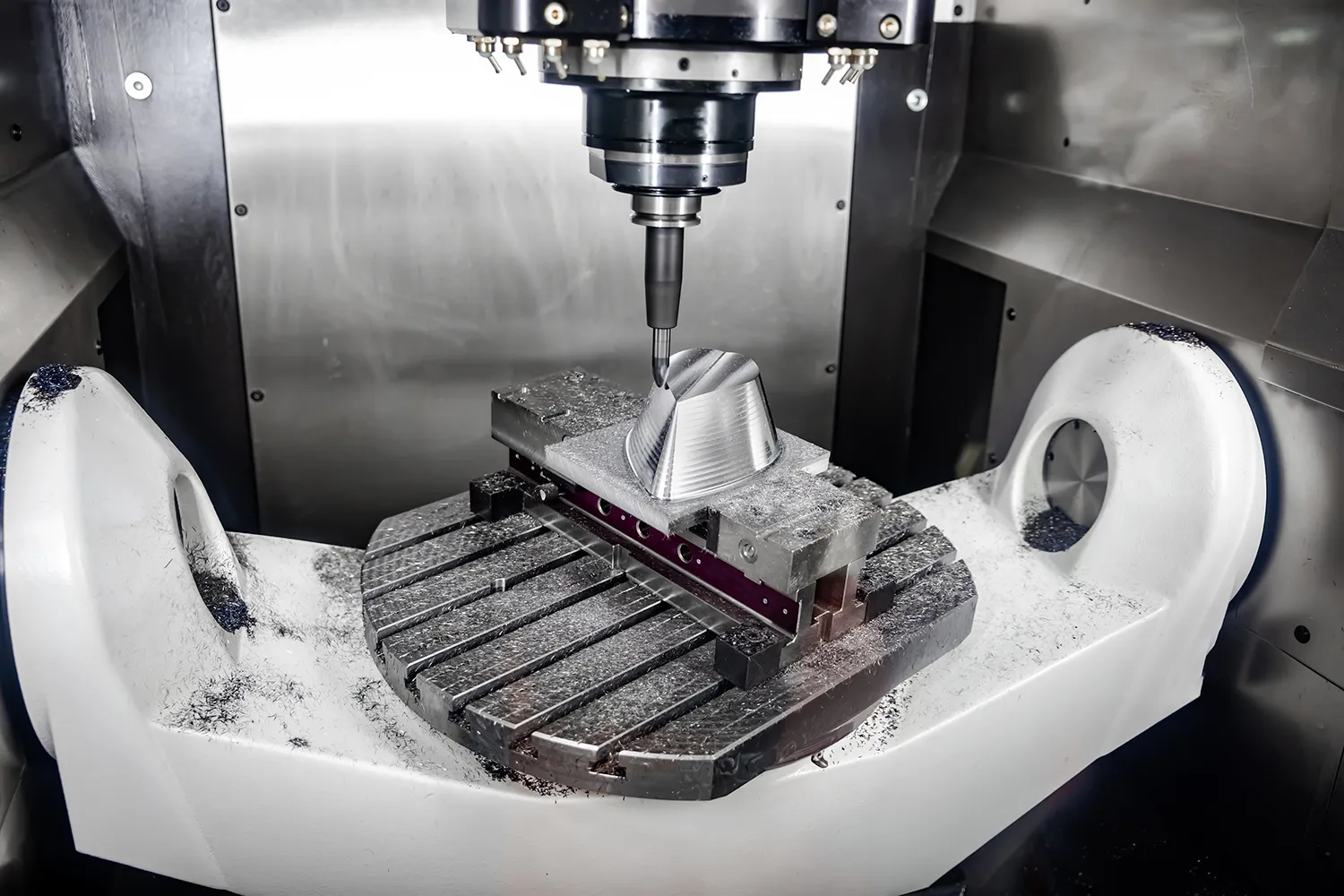
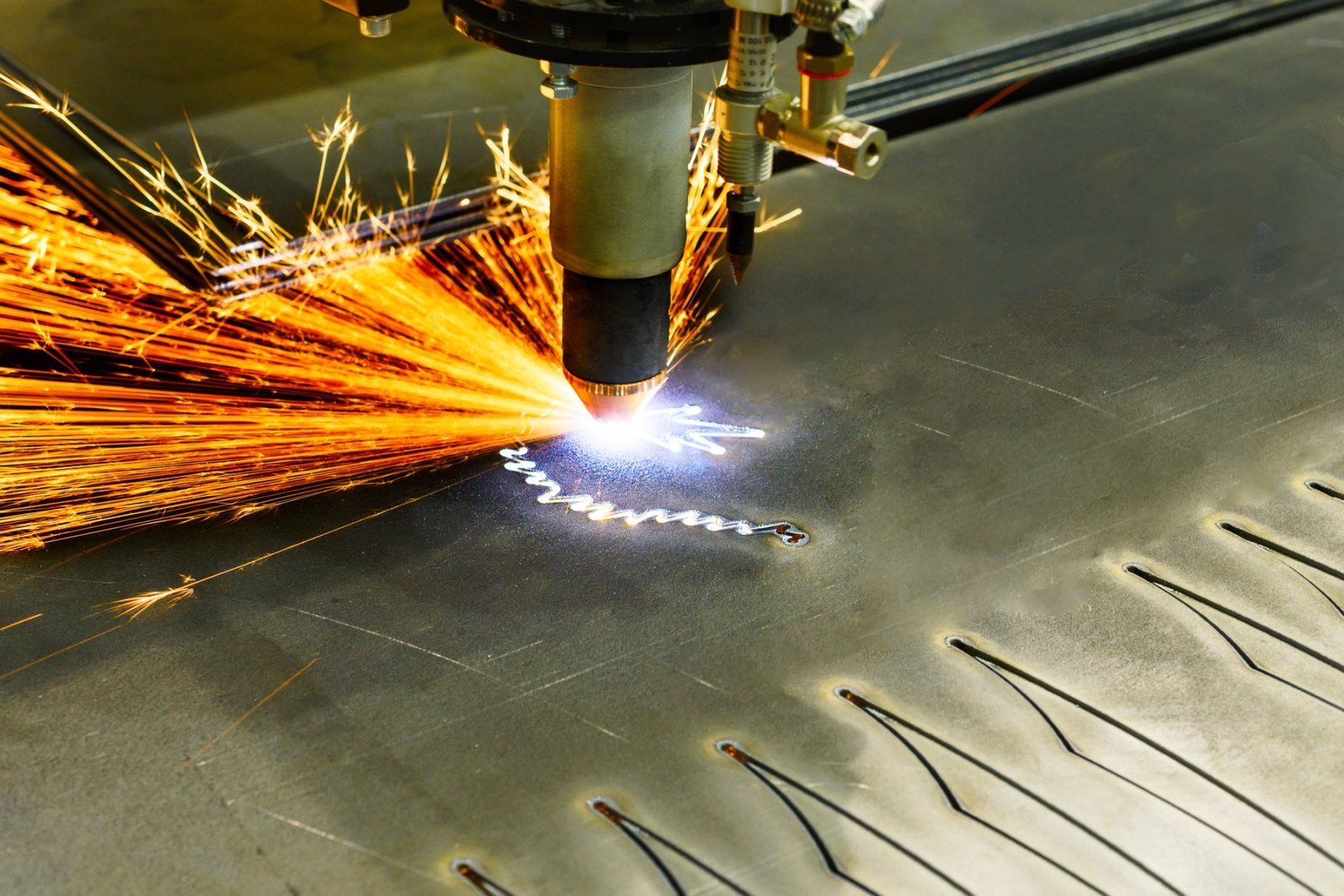
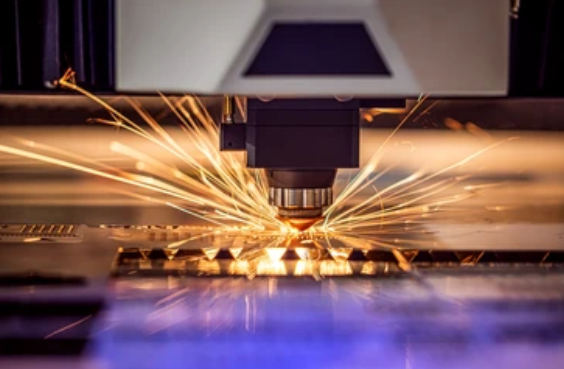

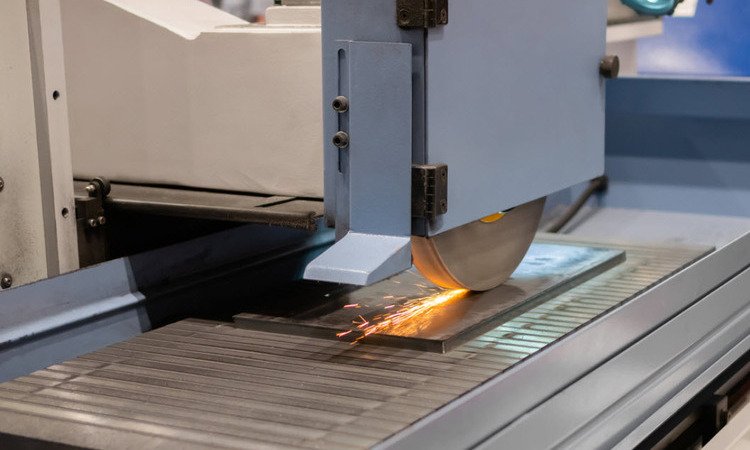
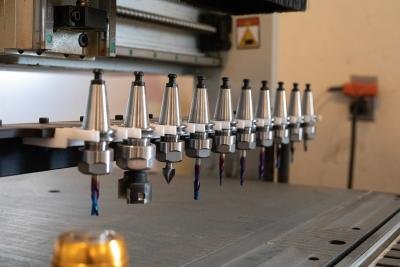
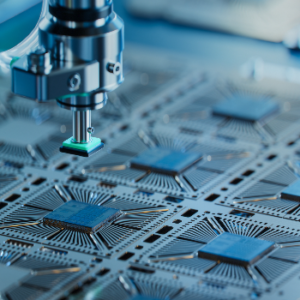

2 réflexions sur "12 Types de machines CNC et leurs applications dans la fabrication moderne”